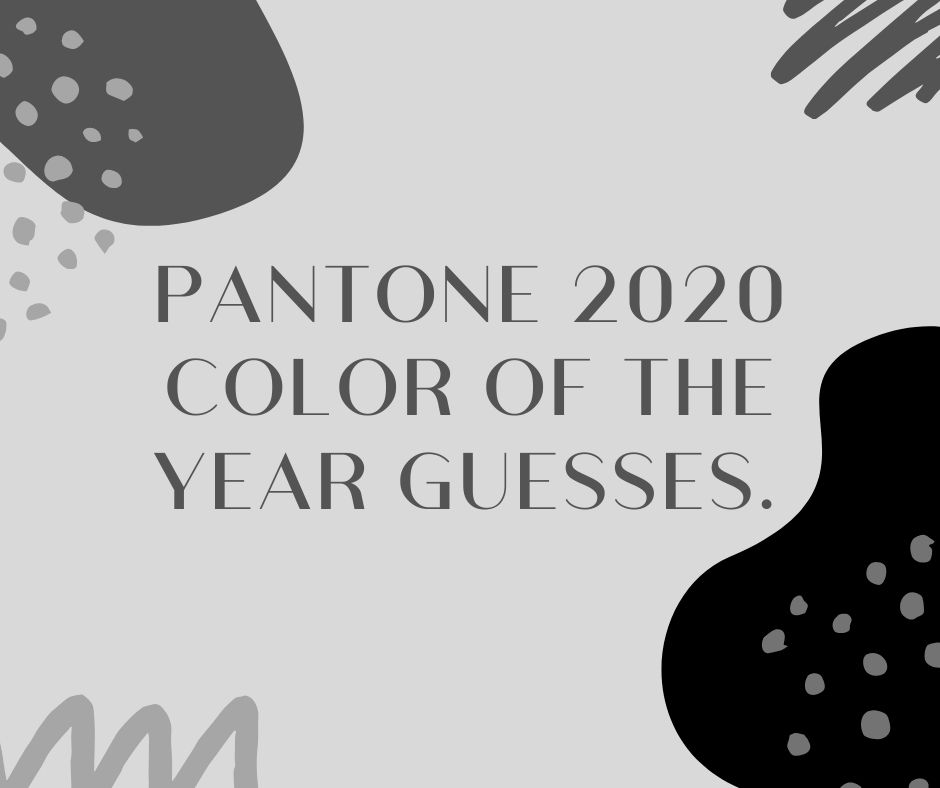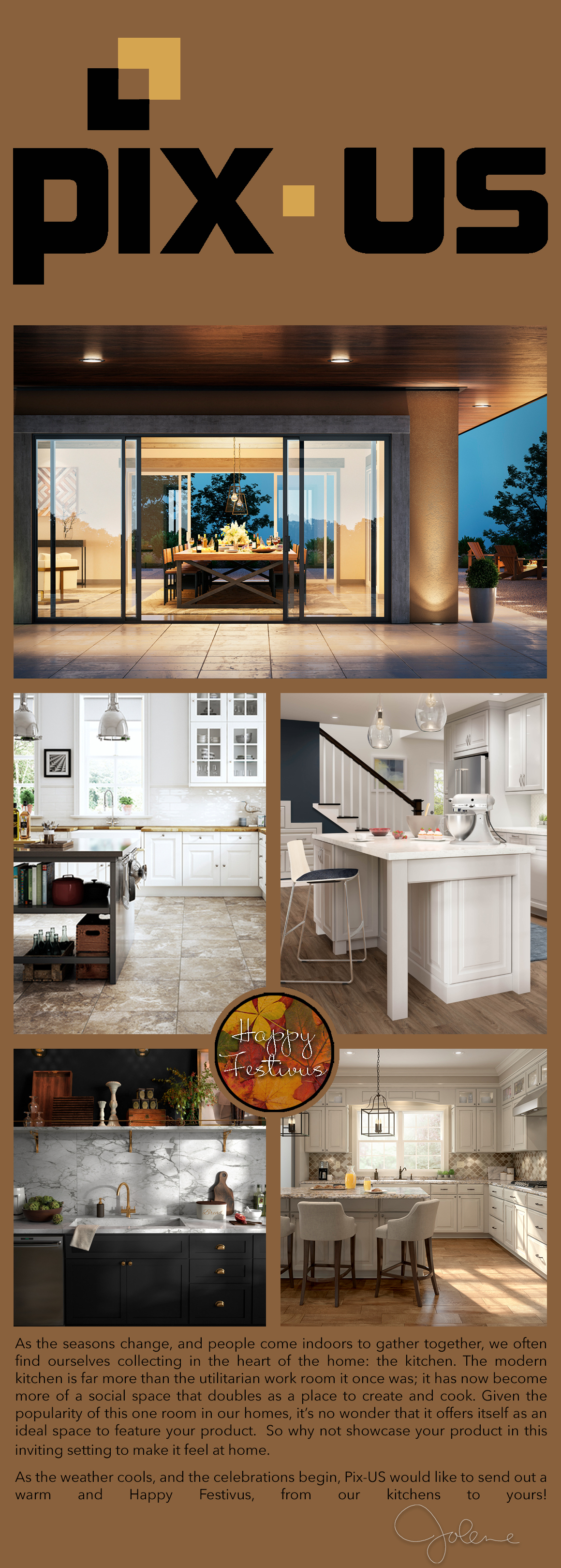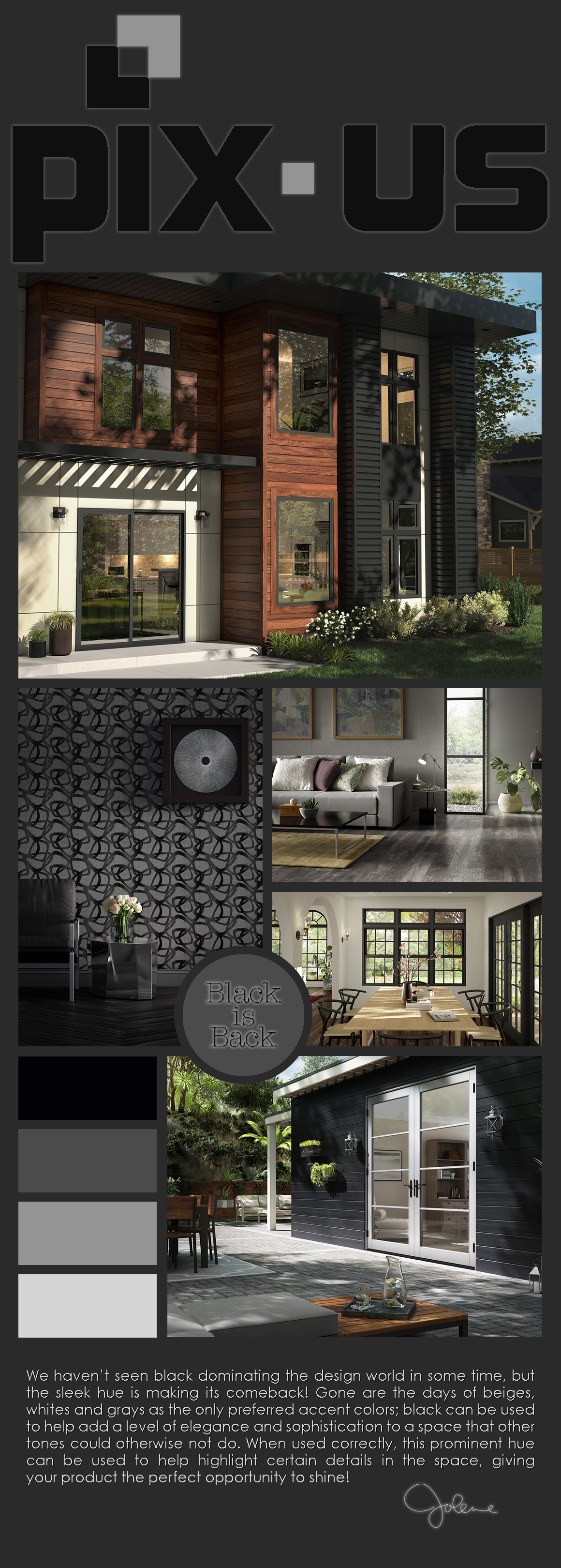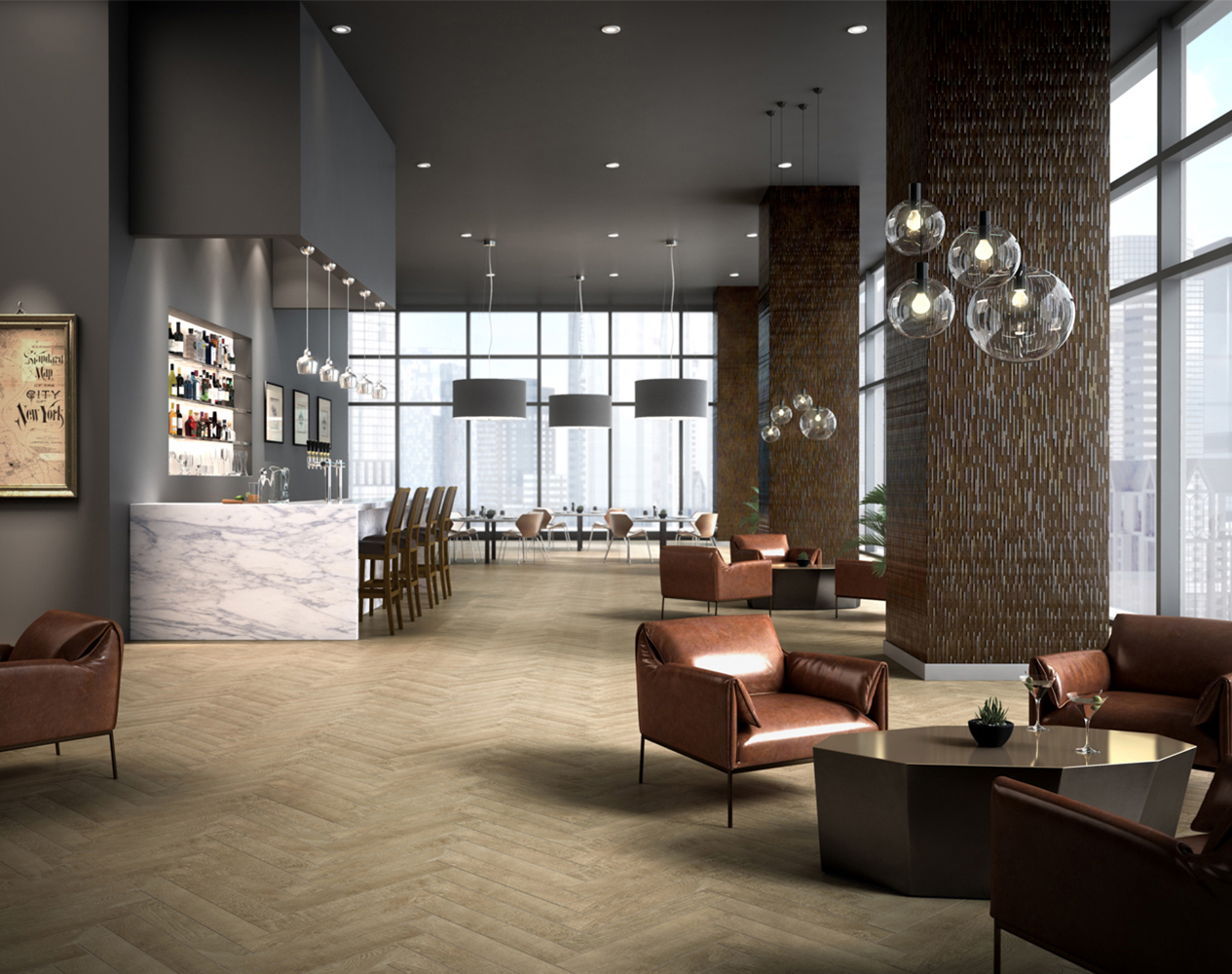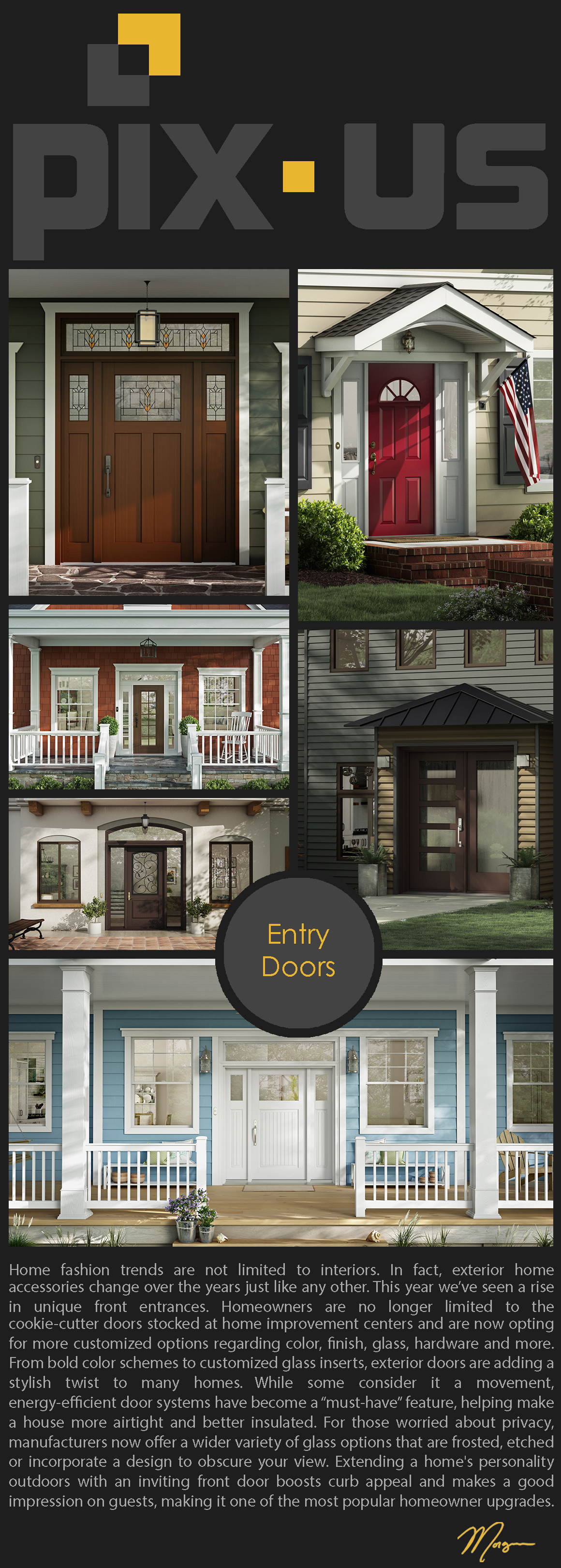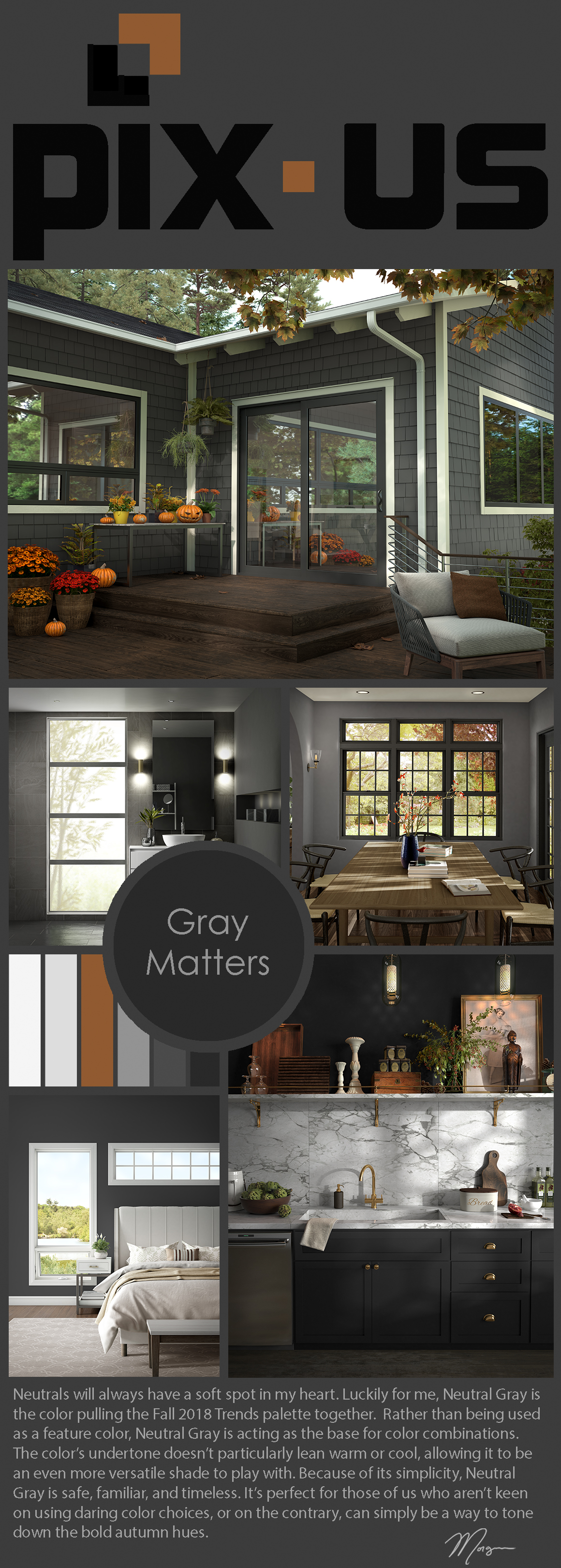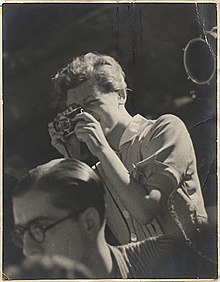Our Pantone Color of the Year Guesses!
If you didn’t know, Pantone is the place to go for all things color, there is anything you could imagine and then some in their books. Every year Pantone releases a Spring and Summer New York Fashion Week color pallet. For the past several years their “color of the year” has been one of the colors from that pallet. This year, 2019, the color was “living coral”. (image from https://designmodo.com/pantone-color-2019/) and the year before in 2018 was Ultra Violet. [caption id="attachment_7601" align="alignright" width="247"] image from https://designmodo.com/pantone-color-2019/[/caption] Every year in excitement the PIX-US team tries to guess what the new color of the year will be, and this year we thought we would share our guesses with you! Mark’s Guess: Saffron Reason: it has been a very popular color recently and it seems to pop up everywhere. Eileen’s Guess: Biscay Green Reason: it is a mix of blue and green and follows a bright color scheme similar to the past couple of years. James’ Guess: Brilliant White Reason: it would be a nice clean color to start the new decade with. Kenzie’s Guess: Chive Reason: Chive is a darker and moody color which hasn’t been done in a while; and the moody/ jewel tone greens have been a big trend in the interior world recently. Jolene’s Guess: Saffron Reason: Logically speaking, Pantone hasn’t done a yellow since 2009; and, this mustard tone has also gained a lot of popularity in both fashion and household décor colors. Stewart’s Guess: Flame Scarlet Reason: his “favorite” color is red and hopes that it will make [big] a comeback. Alison’s Guess: Sunlight Reason why: she has seen it used in clothing recently, and it is a happy color. Those are our guesses, but what are yours?? Let us know!...

